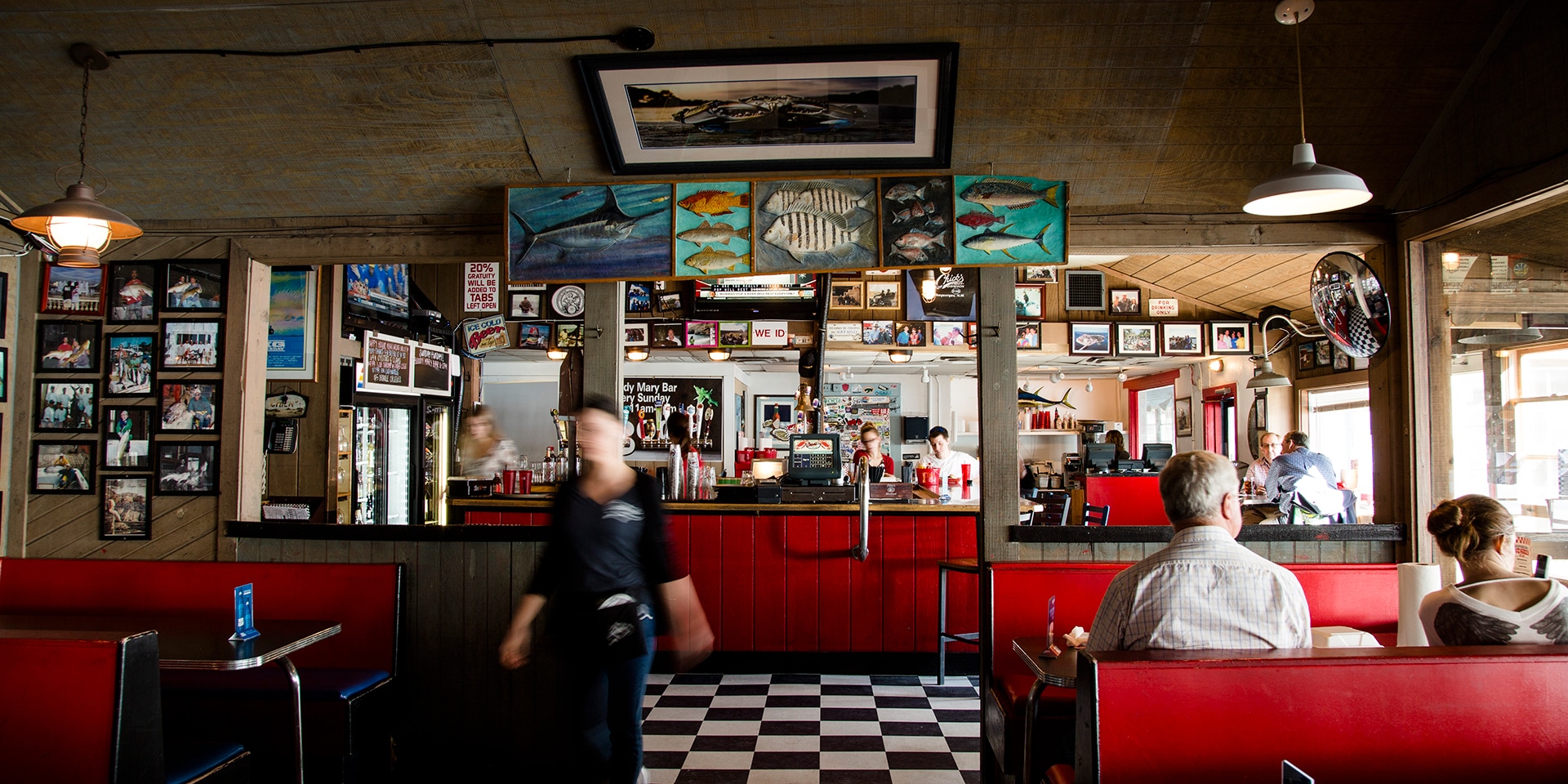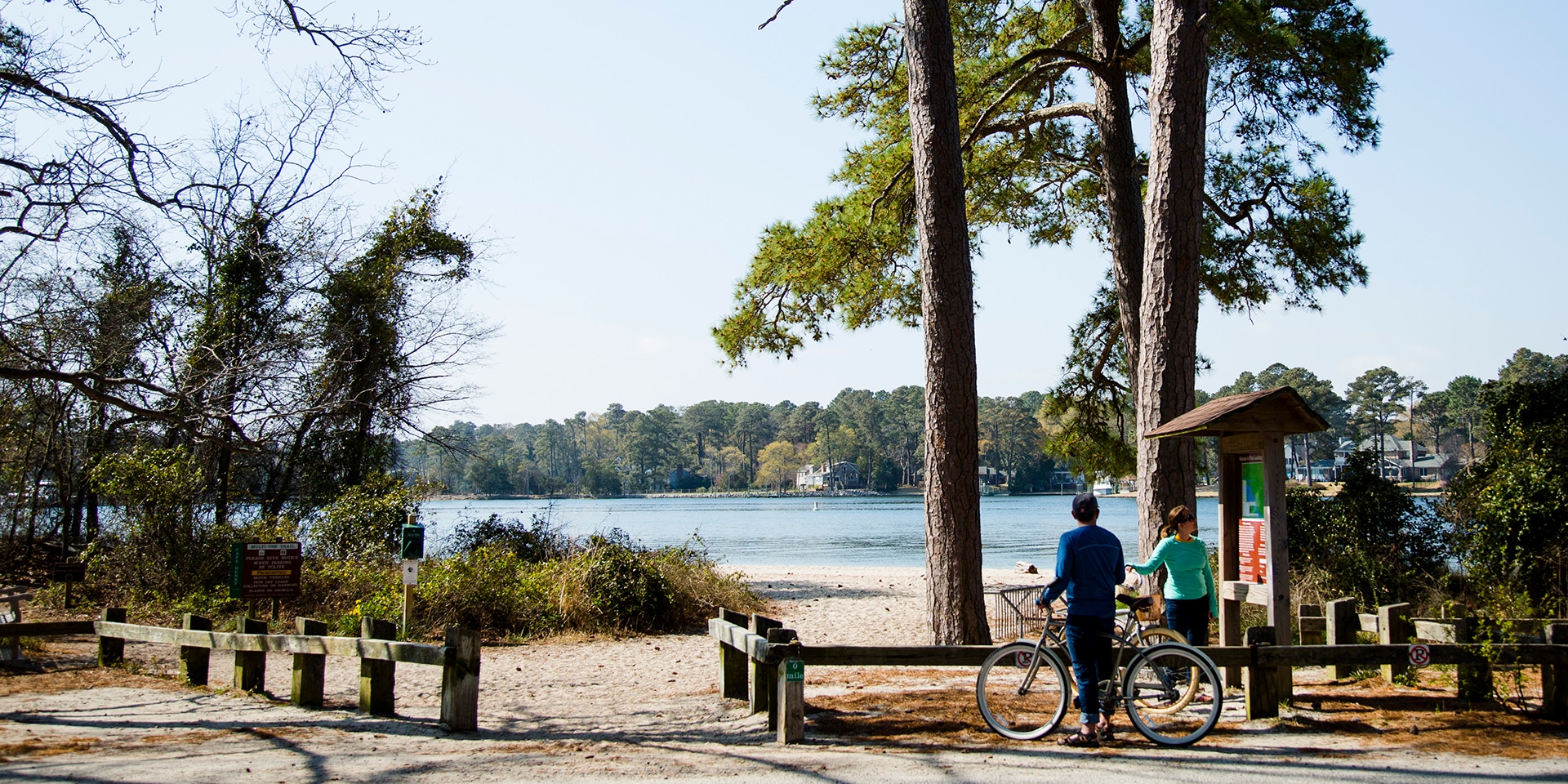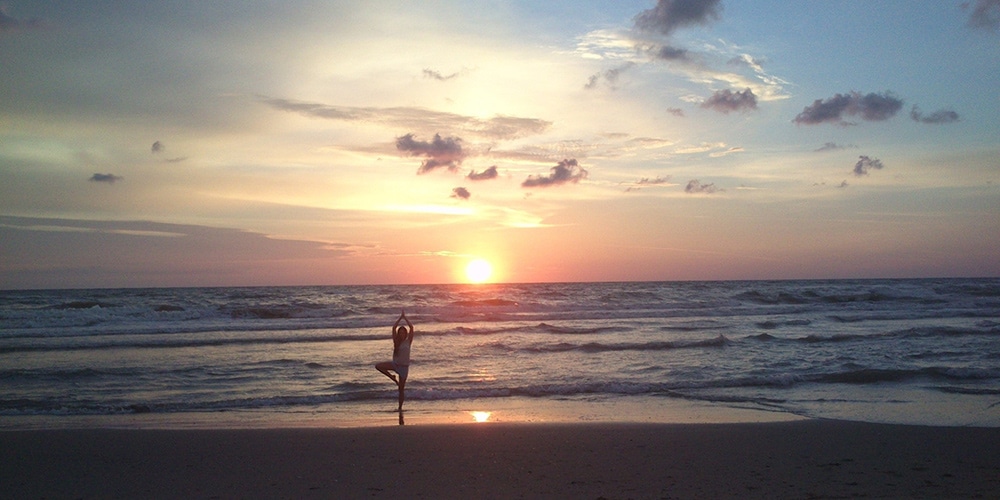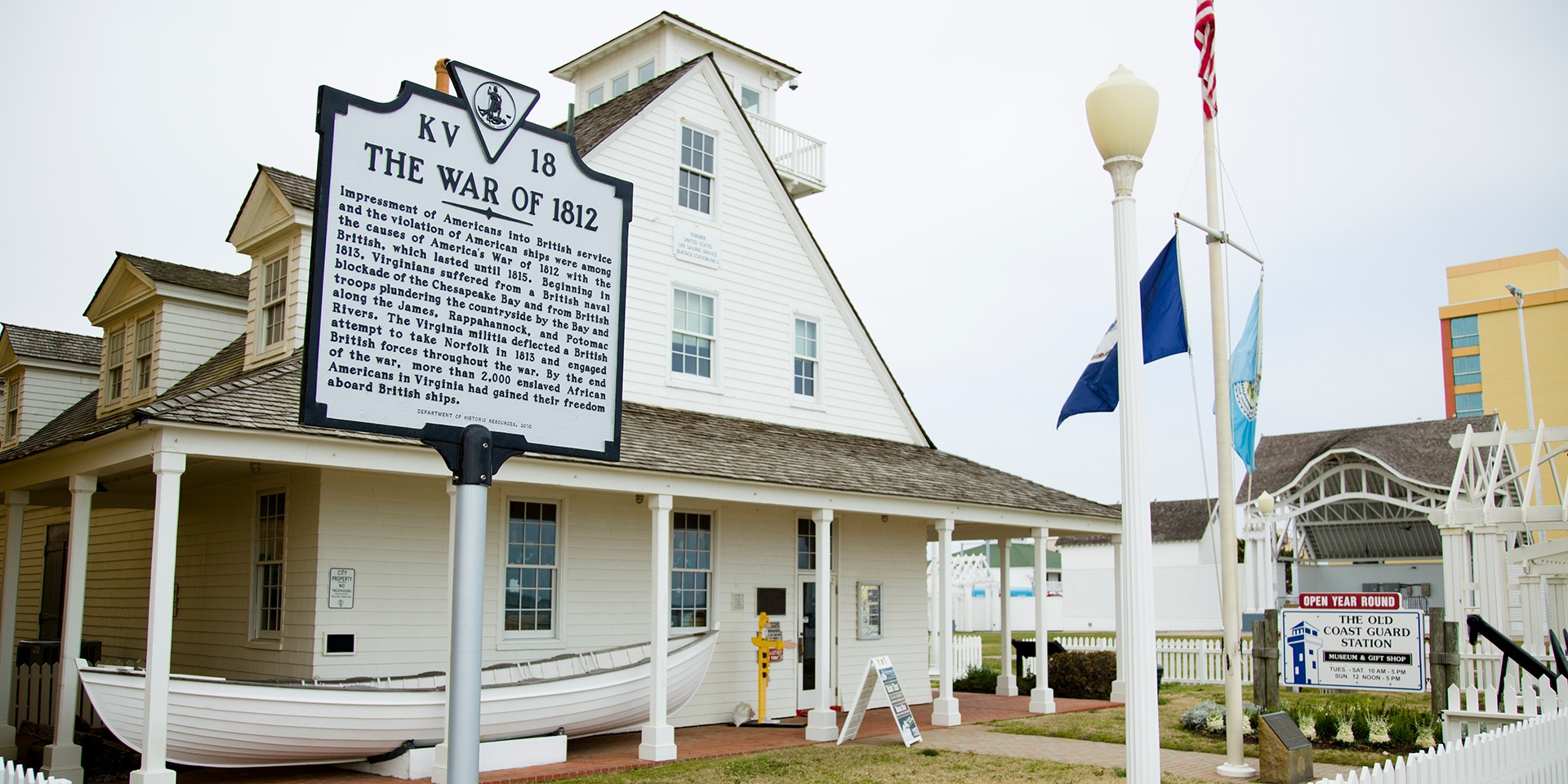Nestled where the Chesapeake Bay meets the Atlantic Ocean, Virginia Beach has long been a favorite Mid-Atlantic destination for sun-and-sand-seekers. And while there’s plenty of both here, this oceanfront city offers loads of other attractions as well, from wonders of engineering to serene seaside state parks.
featured stories

Beach, Boardwalk, and Bridges: An Insider’s Guide to Virginia Beach
Slurp down oysters and rub elbows with locals at Chick’s…

Off-the-Beaten-Path Finds: 3 Must-Visit Neighborhoods in Virginia Beach
Discover First Landing State Park where Virginia’s earliest settlers first…

Where to Strike a Yoga Pose on Virginia Beach
Say “Om” on Virginia Beach. (Photo: Getty Images) The classic…
where to stay
- Fairfield Inn & Suites Virginia Beach Oceanfront
- SpringHill Suites Virginia Beach Oceanfront
- Courtyard Virginia Beach Oceanfront/South
- Residence Inn Virginia Beach Oceanfront
- Sheraton Virginia Beach Oceanfront Hotel
- The Cavalier Virginia Beach, Autograph Collection
- Delta Hotels Virginia Beach Bayfront Suites
All Stories
did you know?
The beloved Virginia Beach Boardwalk was first built in 1888.
QUICK GUIDE

WHEN TO GO
Peak season runs from late May through early September, when air and water temperatures are at their warmest, however, summer also brings large crowds and higher prices.
If your timing is flexible, spring and fall are generally still pleasant and far less crowded.

NEED TO KNOW
Visas: Travelers from outside the United States will need a valid passport, as well as ESTA (Electronic System for Travel Authorization) eligibility or a full visa.
Money: Currency is U.S. dollars and ATMs are widely available.
Travel Health: Travelers (including U.S. citizens) should check for vaccination, proof of negative COVID-19 test and face mask requirements, as well as any travel restrictions before planning their trip. Before traveling, research and prepare for what to do if you get sick while away. For the latest health safety guidelines, as well as info on what’s currently open, check out the City of Virginia Beach website.

GETTING AROUND
Getting Here: Virginia Beach is about 17 miles from Norfolk International Airport and 42 miles from the Newport News/Williamsburg International Airport. Still, most travelers arrive in Virginia Beach by car.
Getting Around: The Wave Trolley runs through the oceanfront resort area, while Hampton Roads Transit (HRT) runs two shuttle buses, including The Bayfront Shuttle, which runs from beachfront resort area to First Landing State Park, along the North End beaches and up to the bayfront.

LOCAL INTEL
Local Lingo: The Boulevard: Virginia Beach Boulevard; Hilltop: An upscale neighborhood; HRBT: Hampton Roads Bridge Tunnel; Downtown: The Pembroke area of Virginia Beach.
Must-Have Apps: Uber; Google Maps
Insider Tips: Don’t miss Virginia Beach’s more than 18,000 acres (7,300 hectares) of state parks as well as a national wildlife refuge, the Back Bay National Wildlife Refuge.







